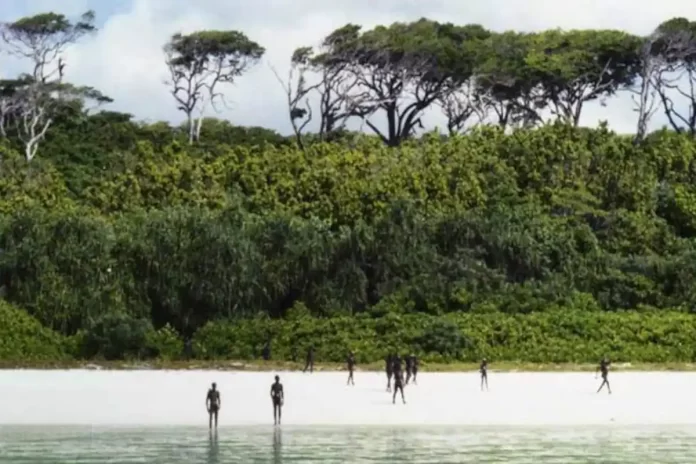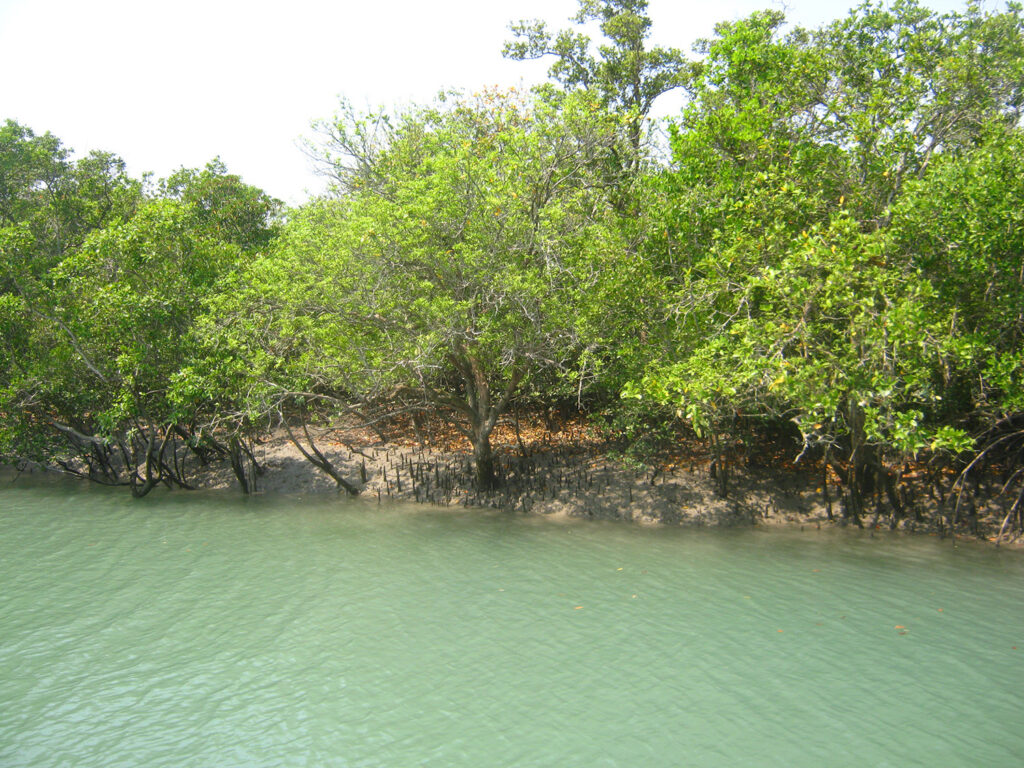The 2023-24 budget allocates a whopping Rs.75,000 crore for developing pristine Nicobar Islands. The investment is earmarked for building a port, power generation plant, a township, tourism facilities, among others. The big question the government is yet to candidly answer is – do we need this? Is it of strategic importance? The arguments about this investment seriously affecting indigenous tribes and massive deforestation come later.
As health and education spend in the 2023 budget are eighter reduced or increased marginally, can the government justify such a big investment in a pristine island? Who is the real beneficiary of this project?
However, with nearly 8oo sq kilometers of coastline, Nicobar offers an excellent opportunity for developing responsible eco-tourism and research stations on island related eco-system.
As the 2023 budget is touted as a green budget, this mammoth project could be a big black mark in it.
Mangrove and Wetland Projects
Here are a few environmental projects that stand out in the 2023 budget announcement.
Plans are on the cards for setting up 500 new ‘waste to wealth’ plants under the GOBARdhan (Galvanising Organic Bio-agro Resources Dhan) scheme to promote circular economy. These will include 200 compressed biogas (CBG) plants, including 75 plants in urban areas, and 300 community or cluster-based plants at a total investment of Rs 10,000 crore. How will they monetize will be interesting to know.
‘Mangrove Initiative for Shoreline Habitats & Tangible Incomes’ or MISHTI, which will involve planting mangroves along the coastline and on salt pan lands, wherever feasible, through convergence between MGNREGA, CAMPA Fund and other sources.
This new program will aim at intensive afforestation of coastal mangrove forests. India has them on both its Eastern and Western coasts with the Sundarbans in Bengal being one of the largest mangrove forests on the planet.
‘Amrit Dharohar’ will be implemented over the next three years to encourage optimal use of wetlands, and enhance biodiversity, carbon stock, eco-tourism opportunities and income generation for local communities. It will emphasize the importance of wetlands and their preservation. Local communities will be the caretakers of the ecosystem. Called Ramsar ecosystem, their official number is said to have gone up to 76 from 25 in 2014.
Bhartiya Prakritik Kheti Bio-Input Resource Centers are meant to facilitate the adoption of natural farming. For this, 10,000 Bio-Input Resource Centers will be set-up creating a national-level distributed micro-fertilizer and pesticide manufacturing network. This is expected to impact more than one crore farmers in the next three years.











